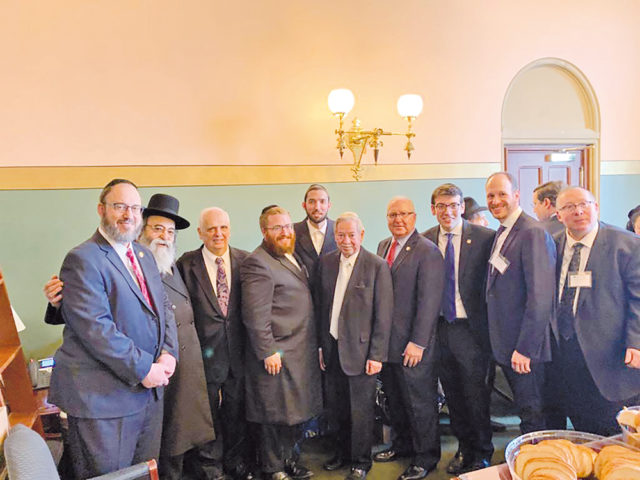Pesach: Me, Myself, and B’nei Yisrael
It’s a first-hand account of the Exodus – thousands of years later.
The Torah instructs each of us to tell the next generation about all of the miracles that “Hashem did for me as I left Egypt” (Sh’mos 13:8). It is based on the first-person narrative in this verse that Chazal famously declared: “In every generation, a person is obligated to view himself as if he had personally left Mitzrayim” (P’sachim 116b).













